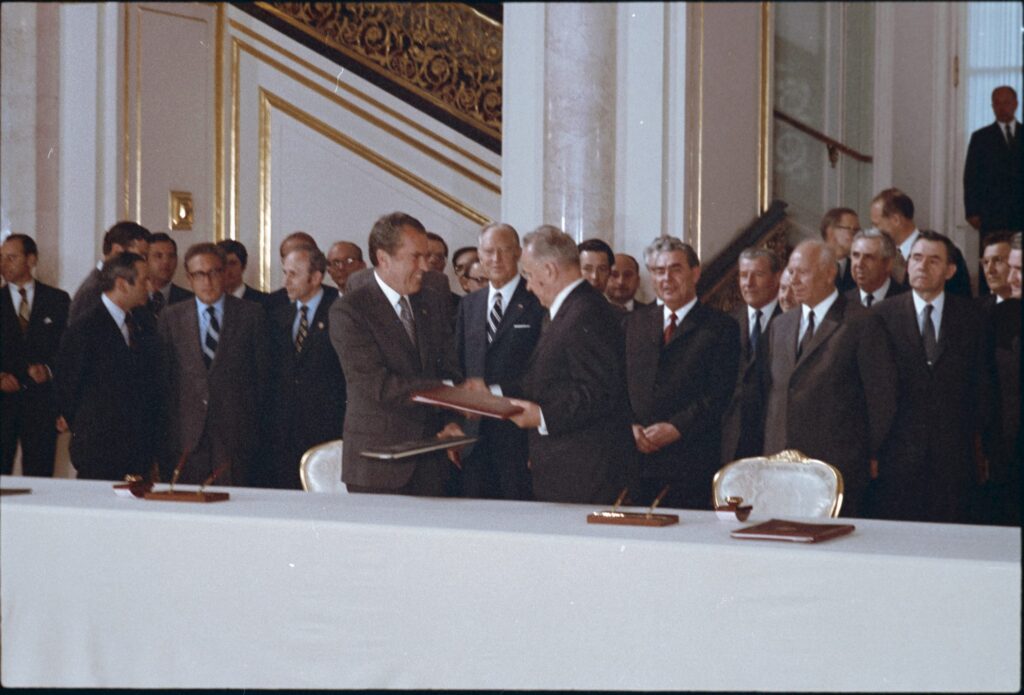
As we look back on the history of American foreign policy, few events have left as significant a mark as Nixon’s historic Moscow Summit. From the tense negotiations with Soviet Premier Leonid Brezhnev to the groundbreaking agreements on arms control and cooperation in space exploration, this summit marked a turning point in US-Soviet relations and set the stage for decades of diplomacy and conflict.
What was the Moscow Summit?
The Moscow Summit was a meeting between United States President Richard Nixon and Soviet Premier Leonid Brezhnev from May 22 to May 30, 1972. The two leaders met at the Kremlin in Moscow and discussed a range of issues including the Vietnam War, arms control, and the possibility of future cooperation. The summit was a breakthrough moment in U.S.-Soviet relations and helped to pave the way for future diplomatic efforts between the two countries.
The most significant outcome of the summit was the signing of the Strategic Arms Limitation Talks (SALT) agreement, which placed limits on the number of nuclear weapons that each country could possess. This was an important step in reducing the risk of nuclear war between the United States and Soviet Union. The SALT agreement led to further arms control agreements between the two countries, including the Intermediate-Range Nuclear Forces Treaty (INF Treaty) in 1987.
The Moscow Summit also resulted in greater cooperation between the United States and Soviet Union on a number of other issues. For example, following the summit, the two countries worked together to broker a peace agreement between Israel and Egypt. They also cooperated on space exploration initiatives, including the joint Apollo-Soyuz Test Project in 1975.
Overall, the Moscow Summit had a positive impact on American foreign policy. It demonstrated that cooperation with the Soviet Union was possible on a range of issue areas, including arms control and international security. The summit also helped to ease Cold War tensions and laid the
The Moscow Summit also led to an increase in trade between the United States and the Soviet Union. This increased economic cooperation helped to further ease tensions between the two countries. Finally, Nixon’s meeting with Brezhnev paved the way for future arms control agreements, such as SALT II and START I. These treaties helped to keep nuclear weapons from being used during the Cold War and beyond.
The Nixon Moscow Summit of 1972 was a turning point in American history. It demonstrated that the United States could negotiate successfully with their Cold War opponents and opened up lines of communication between East and West. While it did not bring about an end to the Cold War, it did set the stage for further negotiations and exchanges between the two sides, which ultimately led to its eventual resolution. The legacy of this summit is still felt today as American foreign policy continues to be shaped by diplomatic efforts such as these.